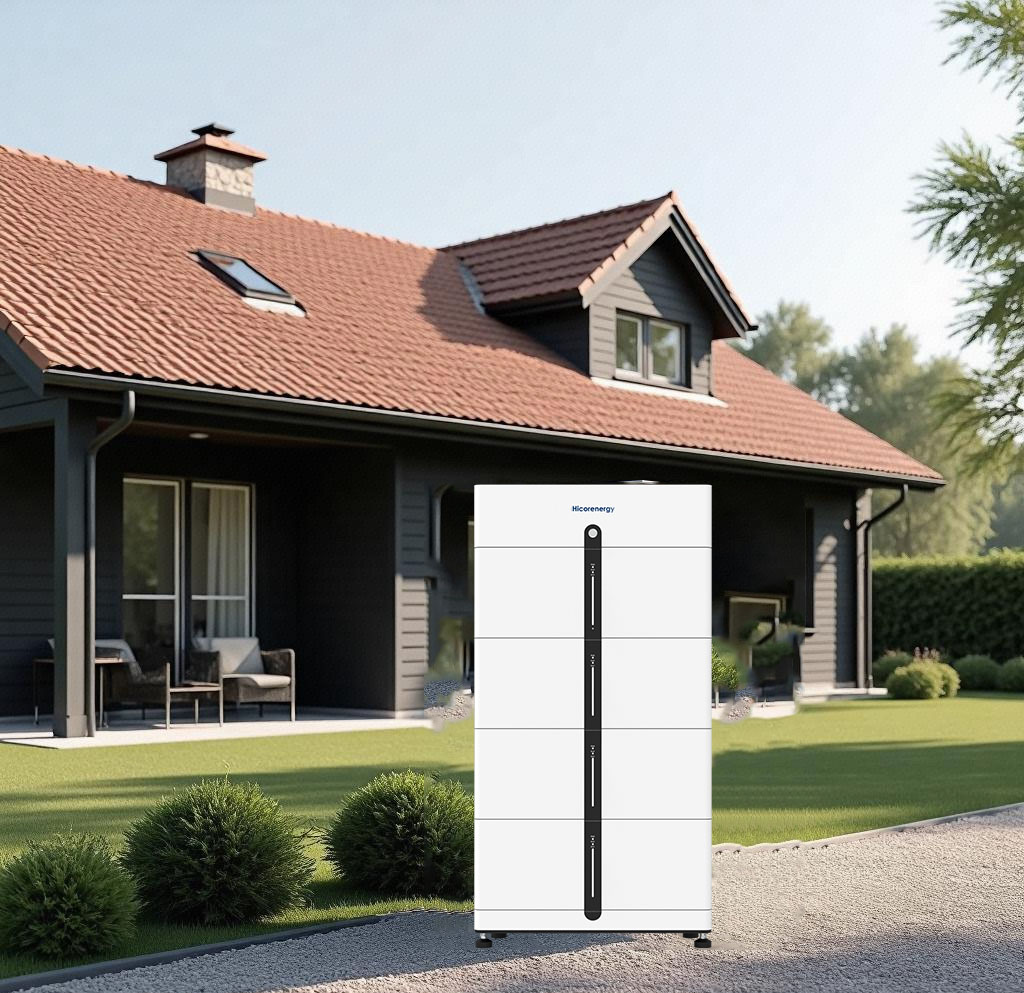As more homeowners look to embrace sustainable energy solutions, energy storage cabinets have become essential for maximizing home energy efficiency. These cabinets are key to managing energy storage, ensuring a constant power supply, and integrating with renewable systems. But with so many options available, how do you choose the right energy storage cabinet for your home?
When selecting an energy storage cabinet for your home, key features such as storage capacity, energy efficiency, safety, and compatibility with renewable energy systems are crucial. Prioritize durability and longevity to ensure your investment lasts for years. Choose a cabinet that meets your energy needs while providing the best protection and efficiency.
The features of energy storage cabinets vary greatly, so understanding your specific requirements is essential before making a decision. Read on to explore each important factor in detail.

Table of Contents
Storage Capacity: How to Determine the Right Size for Your Home’s Energy Needs
The storage capacity of your energy storage cabinet is one of the most crucial factors to consider. It determines how much energy can be stored and how long you can rely on stored energy during power outages or periods of low generation. To choose the right size, you must assess your home’s average energy consumption. Typically, a home energy storage solution should be able to store enough energy to cover your daily usage, factoring in peak demands and backup needs.
For instance, if you live in an area prone to frequent power outages, it’s a good idea to overestimate your energy needs to ensure you have a reliable backup. Additionally, if you plan to integrate renewable energy sources such as solar panels, the storage capacity must be compatible with the amount of energy generated. Balancing your home’s energy usage with the available storage options will ensure you make an informed choice.
Energy Efficiency: Maximize Storage Efficiency and Minimize Energy Loss
Energy efficiency is another critical aspect of energy storage cabinets. The goal is to maximize the amount of energy stored while minimizing loss during storage and retrieval. Choose a cabinet designed with high-efficiency batteries that minimize energy degradation over time. Look for cabinets that feature advanced battery management systems (BMS) to optimize charging cycles, prevent overcharging, and ensure safe energy storage.
Energy-efficient models are typically equipped with thermal management systems, which help maintain optimal operating temperatures. Proper thermal regulation minimizes the risk of overheating and improves battery life. Also, consider the overall efficiency of the energy storage cabinet’s design. Cabinets that offer better insulation and airflow typically perform better, as they prevent energy loss due to temperature fluctuations.

Safety Standards: Must-Have Safety Features for Energy Storage Cabinets
Safety should always be a top priority when selecting an energy storage cabinet. A quality cabinet will come with multiple safety features to protect both the device and your home. First and foremost, check for certifications that guarantee the cabinet meets established safety standards, such as UL (Underwriters Laboratories) or CE (Conformité Européene).
The cabinet should include features like short-circuit protection, overcharge protection, and a reliable thermal management system to avoid overheating. Additionally, some cabinets have smoke and fire detection sensors, which are vital for minimizing risk in case of malfunction. Make sure the storage system has adequate ventilation to prevent dangerous heat buildup, and look for products that include safeguards against power surges.
Integration with Solar and Wind Systems: Choosing a Cabinet Compatible with Renewable Energy
When choosing an energy storage cabinet, it’s essential to ensure that it integrates seamlessly with your solar or wind energy system. A compatible energy storage solution will allow you to store excess energy generated by your renewable sources and utilize it during periods when energy production is low.
Many energy storage cabinets are designed to work specifically with solar panel systems, featuring inverters and controllers that optimize energy flow between the storage unit and solar panels. This integration ensures you can fully harness the power generated by your renewable sources, reducing reliance on the grid and enhancing energy independence. For wind systems, similar features apply, though you’ll want to confirm the cabinet’s suitability for wind energy storage, which can sometimes have different characteristics than solar.

Longevity and Durability: Why Choosing a Long-Lasting Energy Storage Cabinet is Essential
Investing in a long-lasting, durable energy storage cabinet is essential to avoid costly replacements down the road. Choose cabinets built with high-quality materials, such as corrosion-resistant steel or high-strength plastic, which can withstand external elements if placed outdoors.
The lifespan of the energy storage cabinet’s batteries is another key consideration. Lithium-ion batteries, for example, tend to have a longer lifespan and better performance compared to older lead-acid options. Cabinets that feature modular designs may also provide flexibility, allowing you to upgrade components without replacing the entire system. Opting for a durable, long-lasting solution ensures that you will not need to constantly upgrade your system, providing long-term value for your home.
Maximize your energy storage solution with expert support.Contact Hicorenergy to get started with your subsidy claim.
Email: service@hicorenergy.com WhatsApp: +86 181-0666-0961

-scaled.png)
